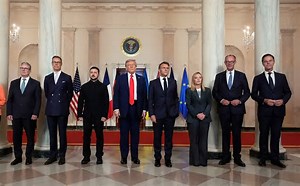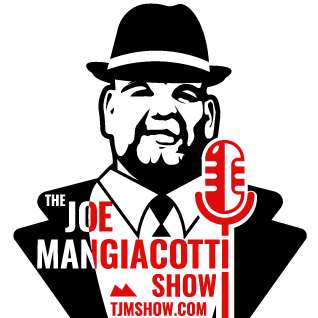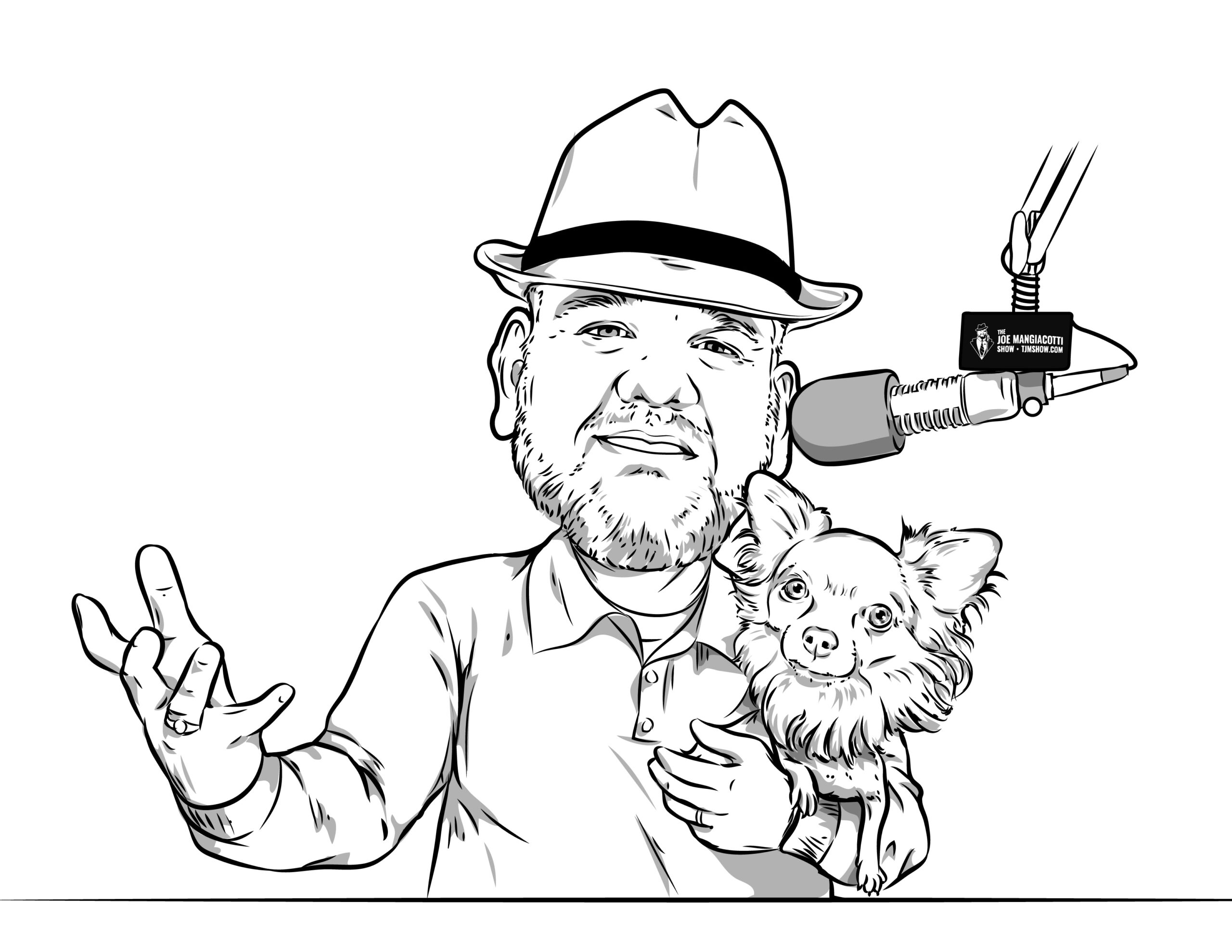A Turning Point in History
In the long sweep of history, moments arise when a single decision reshapes the trajectory of nations. Yesterday’s Oval Summit at the White House was one such moment. President Donald J. Trump, now serving his second nonconsecutive term as the 47th President of the United States, orchestrated a gathering unprecedented in both symbolism and consequence. For the first time in modern memory, the White House was transformed into a diplomatic arena not for ceremony or celebration, but for the raw, high-stakes work of peace-making.
Coming directly on the heels of Trump’s bilateral meeting with Vladimir Putin in Alaska, the Oval Summit demonstrated both careful sequencing and deliberate symbolism. By engaging Russia first, Trump sent a message that the U.S. would address hard realities head-on. By then convening Ukrainian President Volodymyr Zelenskyy alongside European leaders from France, Germany, the United Kingdom, Italy, Finland, the European Union, and NATO, he created a forum where the fractured Western alliance could speak with one voice — and more importantly, listen.
Millions have perished in the grinding war in Ukraine. Entire cities lie in ruins. Generations have been scarred. Yet for the first time since the outbreak of the conflict, both Kyiv and Moscow now recognize that compromise is not just possible but necessary. And for that, the credit belongs largely to Trump’s bold, counterintuitive, and deeply pragmatic approach to diplomacy.
The Strategy: Why Alaska First Mattered
Critics who doubted the wisdom of meeting Putin in Alaska ahead of the Oval Summit missed the deeper strategic choreography. Diplomacy, after all, is theater as much as it is negotiation. Every setting, every gesture, every word is freighted with meaning.
By inviting Putin to Alaska, Trump chose a location that was both U.S. soil and historically linked to Russia. Purchased in 1867, Alaska remains a symbolic reminder of shifting balances of power between the two nations. Holding the bilateral there allowed Trump to project strength while signaling respect — an acknowledgment of Russia’s stature without ceding an inch of American dominance.
It also created a psychological backdrop for the Oval Summit. Having faced Putin one-on-one, Trump could now address the wider Western alliance with credibility, conveying insights from the Alaska exchange while positioning himself as the indispensable mediator. In essence, Alaska was Act I; the Oval Summit was Act II.
The Summit: Power, Symbolism, and Presence
The optics of yesterday’s gathering cannot be overstated. The Oval Office, long the symbolic heart of American executive power, became the site of the most concentrated diplomatic effort of the 21st century.
When Putin arrived in Washington, cameras captured the now-iconic moment: Trump standing firm on the red carpet, declining to move as Putin approached. It was a simple gesture — yet unmistakably a power move. It sent a message to Moscow and the world alike: this was Trump’s stage, and he was in command.
Inside, the Oval Office buzzed with urgency. Zelenskyy, facing mounting domestic pressure and battlefield fatigue, sought security guarantees and sustained Western aid. European leaders, torn between solidarity with Ukraine and growing energy crises at home, looked for a path to de-escalation. NATO’s leadership faced the paradox of projecting strength while preparing for compromise.
And yet, for all these competing agendas, Trump managed to create a shared recognition: the war cannot continue indefinitely. Both sides — East and West, Kyiv and Moscow — must make concessions.
Historical Significance: First-of-Its-Kind Diplomacy
What made this summit extraordinary was not just the participants but the format. Never before have so many global leaders convened at the White House for a singular purpose of conflict resolution. State dinners, ceremonial visits, and multilateral conferences are commonplace. But to bring adversaries, allies, and skeptics into the Oval Office for direct, substantive dialogue was a break from tradition — and a stroke of genius.
Comparisons will inevitably be drawn to past moments: Roosevelt and Churchill at Yalta, Reagan and Gorbachev at Reykjavík, Nixon’s visit to China. Yet the Oval Summit stands apart. It was not merely bilateral or trilateral; it was a fusion of all key stakeholders in a conflict that has defined global politics for nearly a decade.
Trump achieved what his predecessors could not: he created the conditions for a trilateral meeting (U.S., Russia, Ukraine) while keeping European powers invested in the process. He collapsed the silos of diplomacy into a single, dramatic moment.
The Stakes: Millions Dead, Millions More at Risk
Lest we forget, the Ukraine-Russia war has been catastrophic. Estimates place the death toll in the millions, with civilians bearing the brunt of relentless shelling, displacement, and economic devastation. Europe faces refugee flows unseen since World War II. Energy markets remain volatile, straining households from Berlin to Boston. The war has destabilized not just Eastern Europe but the entire global order.
Against this backdrop, Trump’s summit offered something that had been absent for years: hope. Hope that the carnage could end. Hope that diplomacy, rather than drones, might dictate the future. Hope that the United States, under Trump’s leadership, could reclaim its role as a force for stability rather than chaos.
Fallout and Reactions: A World Takes Notice
The immediate aftermath of the Oval Summit was electric. Markets responded with cautious optimism, signaling the possibility of reduced geopolitical risk. European capitals expressed relief, even as they acknowledged the hard road ahead. Kyiv publicly maintained a firm stance, but privately acknowledged that Trump had opened doors previously shut tight. Moscow, too, signaled readiness for continued talks, though always on its own terms.
Most significantly, plans were announced for follow-up bilateral and trilateral meetings — a tangible step that transforms symbolism into substance.
Trump and the Nobel: A Case That Cannot Be Denied
The Nobel Peace Prize has often been awarded more for aspiration than for achievement. Barack Obama received it largely for rhetoric. Trump, by contrast, has built a record of results. He brokered historic peace deals in the Middle East, eased tensions on the Korean Peninsula, and now stands on the cusp of ending the bloodiest European conflict since 1945.
If ever there were a candidate who had “earned” the Nobel, it is Donald J. Trump. Yesterday’s Oval Summit alone would justify the prize, but taken together with his broader record, the case is overwhelming. To deny him recognition at this point would be to deny history itself.
Conclusion: A New Era of Diplomacy
Yesterday, the world witnessed a masterclass in statesmanship. Trump’s Oval Summit was not just another diplomatic meeting; it was a recalibration of global politics. By sequencing Alaska first, by using symbolism deftly, by corralling allies and adversaries alike into the Oval Office, Trump demonstrated a blend of strength and pragmatism unmatched in modern times.
Both Zelenskyy and Putin now know that compromise is inevitable. Both Europe and NATO know that U.S. leadership remains indispensable. And the world knows that Donald J. Trump has once again redefined what is possible in diplomacy.
History will mark the Oval Summit not just as a turning point in the Ukraine war, but as a moment when one man, through willpower and vision, bent the arc of history toward peace.
For that, President Trump deserves not just the gratitude of nations, but the recognition of the world’s highest honor. A Nobel Peace Prize is not only warranted — it is inevitable.


